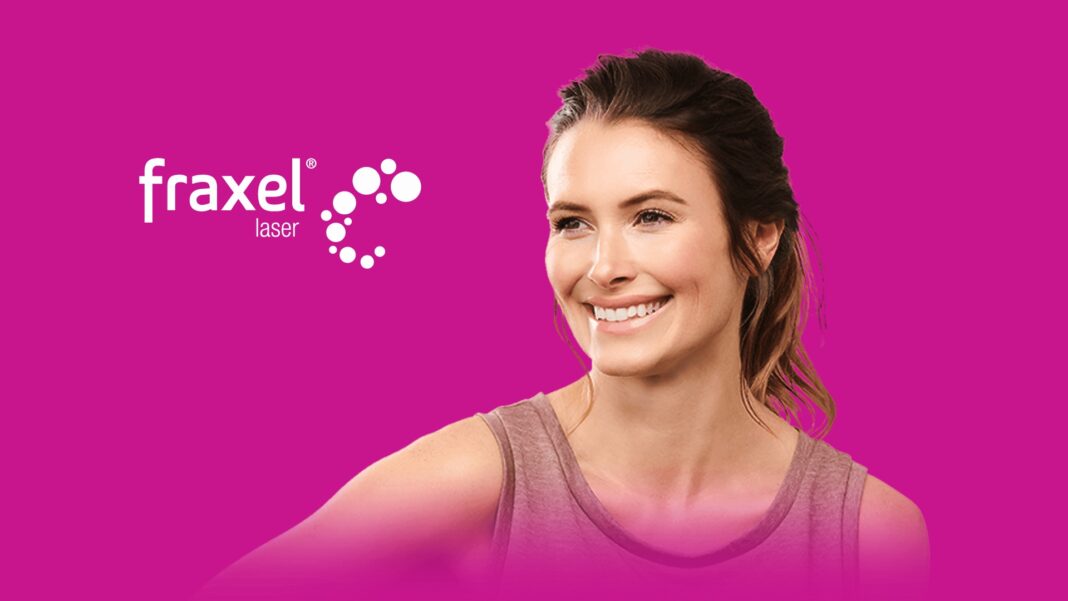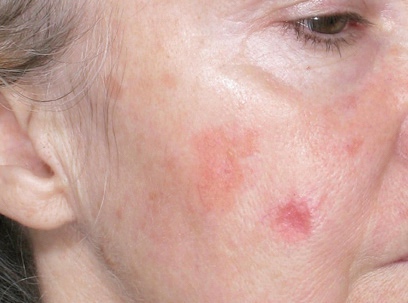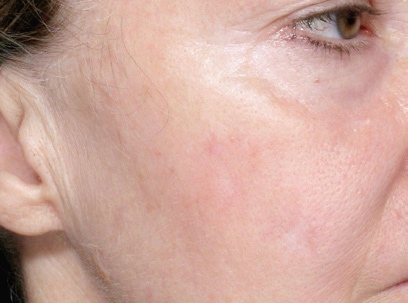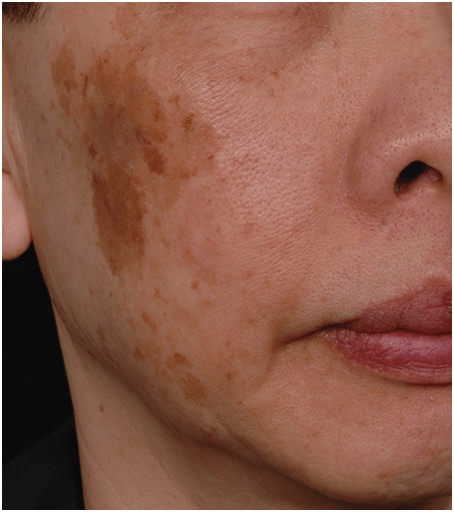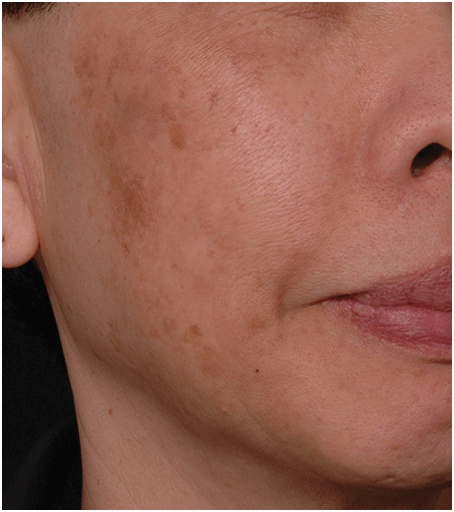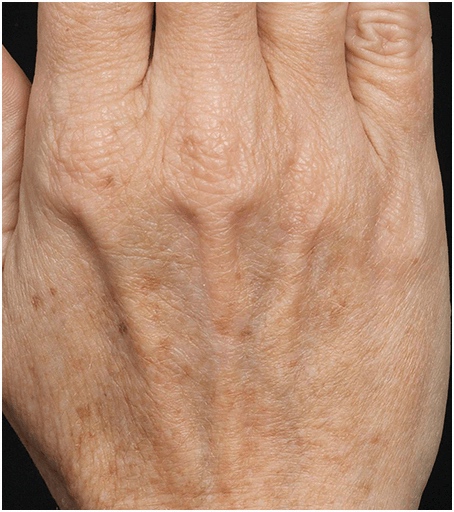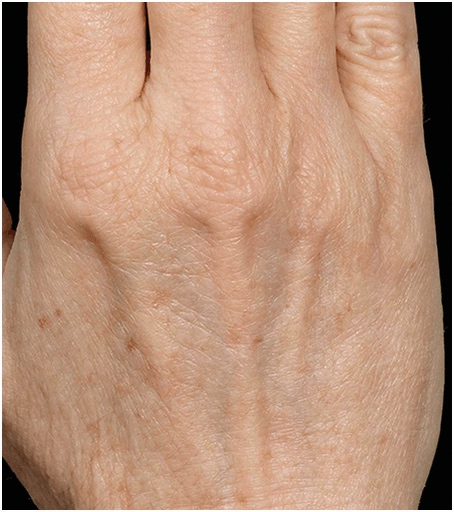Every so often, a game-changing technology elevates skin rejuvenation to new heights. This is exactly what Fraxel accomplished when it launched fractional laser technology to the world nearly 20 years ago.
Fractional laser treatment, also known as fractional photothermolysis, is a pioneering technology in which thousands of microscopic laser columns treat a fraction of the skin at a time, leaving the surrounding tissue intact to promote rapid healing.
The introduction of Fraxel laser treatment revolutionised the applicability and possibilities of laser skin resurfacing. It emulates the significant results of traditional carbon dioxide (CO2) laser resurfacing, which vaporises the entire top layer of the skin, but Fraxel has less severe patient downtime and fewer overall adverse events.
Today, with more than 1.3 million Fraxel treatments performed across the world and more than 50 clinical studies attesting to its efficacy and safety profile, it remains at the forefront of fractional laser skin resurfacing.
How does Fraxel work?
Fraxel laser treatment uses microscopic laser columns that penetrate deep into the dermis to create tiny microscopic thermal injuries. The laser treats only a fraction of skin at a time, leaving the surrounding tissue untouched, which promotes rapid healing. This stimulates your body’s own natural healing response, helping to stimulate the production of new collagen and elastin and replace old and damaged cells with fresh, glowing, healthy skin.
What are the different types of Fraxel treatment?
Fraxel offers several treatments depending on your individual requirements and capacity for downtime. The treatments vary in strength and are generally categorised as ablative (sloughs off the top layer of skin) or non-ablative (doesn’t remove top layer).
Fraxel Dual 1550/1927nm – non-ablative
Fraxel Dual 1550/1927, a non-ablative fractional laser treatment, is a more mild treatment and is typically spaced over a series of up to five sessions, with minimal downtime.
While the premise behind all laser resurfacing techniques is to rejuvenate layers of skin tissue by inducing the skin’s healing mechanisms, non-ablative fractional laser treatments achieve this without removing the outermost layer of the skin during treatment. Instead, non-ablative fractional lasers coagulate the skin in tiny columns reaching down to the dermis, leaving the surrounding tissues to heal the microscopic injury and rejuvenate the appearance.
Typically, non-ablative fractional laser treatments are used to treat less severe levels of skin damage and concerns such as superficial wrinkles, larger sized pores and skin texture for overall tightening and rejuvenation.
Fraxel re:pair – ablative
Fraxel re:pair treatment uses a high-intensity fractionated CO2 laser to address the most severe signs of skin damage, but without the degree of risks, complications and prolonged downtime compared with traditional non-fractional ablative laser procedures.
Ablative fractional laser resurfacing, which ablates or vaporises microscopic columns of skin, is typically employed for deep pigmentation and sun damage, deep-set wrinkles and acne scars. One procedure is often sufficient for this more intense treatment, with most people able to return to
their routine activities within 7 days depending on the level of treatment, tailored to your particular needs, you may experience a shorter or longer period of downtime.
What does Fraxel treat?
Fraxel is a laser treatment that stimulates your skin’s renewal process to help reduce the appearance of fine lines and wrinkles and improve scars, textural irregularities, sun-damaged skin and hyperpigmentation. Fraxel treatment helps improve tone, texture and radiance for natural-looking results – without surgery or extended downtime.
It can be used on all skin types (including darker skin types) all year round.
Fraxel is a proven technology that can help improve the visible effects of ageing, including:
- Fine lines and wrinkles, such as crow’s feet and brow lines
- Scarring, including acne scars and surgical scars
- Pigmentation, including age spots, sun spots and hyperpigmentation
- Sun-damaged skin
- Actinic keratosis, a common pre-cancerous skin condition manifesting as rough, scaly patches
Before & Afters
Frequently asked questions
What does a Fraxel treatment feel like?
As the laser energy is converted to heat, most patients experience an increased heat sensation during treatment. To minimise discomfort, your Fraxel provider will apply a topical numbing agent before treatment. The device’s integrated cooling system also helps to keep you comfortable during treatment.
After treatment, you can expect some degree of swelling and redness, dependent on the level of treatment, and a sunburn-like sensation.
How will I know which Fraxel treatment is right for me?
Everyone’s skin and skin goals are different. Your Fraxel provider will be able to advise you on the right Fraxel treatment for you and your individual treatment needs and wants.
When will I see results?
The results are both immediate and progressive. Soon after the treatment, the surface of your skin will feel softer and smoother, look brighter and show a more even tone. The next 3 to 6 months will bring more improvement as the deeper layers of the skin continue to create new collagen.
How long do results typically last?
Results are long lasting depending on your lifestyle, age, skin condition and skincare regimen. Many patients choose to maintain the effect by having a maintenance treatment once a year.
How many treatments will I need?
For Fraxel Dual non-ablative treatment, a series of up to five treatments may be recommended, scheduled about 4 weeks apart.
For Fraxel re:pair fractional ablative treatment, only one to two treatments are usually needed.
Your practitioner will advise you on the number of treatments that may be required to meet your goals and desired results.
Is there downtime with Fraxel?
Depending on the type of Fraxel treatment, you may experience post-procedure redness or swelling that subsides as quickly as the next day or over the next several days. Your skin will naturally bronze over the next week or two, and with any subsequent treatment sessions. As with a sunburn, your skin will flake and exfoliate normally, revealing fresher, glowing and smoother looking and feeling skin.
For more information or to find a provider near you, visit fraxel.com.au/find-a-provider/
This product is not available for purchase by the general public. Please consult your practitioner to see if Fraxel is suitable for you. Distributed in Australia by Solta Medical Australia Pty Ltd ABN 71 652 701 767. Level 2, 12 Help Street, Chatswood, NSW 2067, Australia. 1800 251 150. FRX.0018.AU.23

